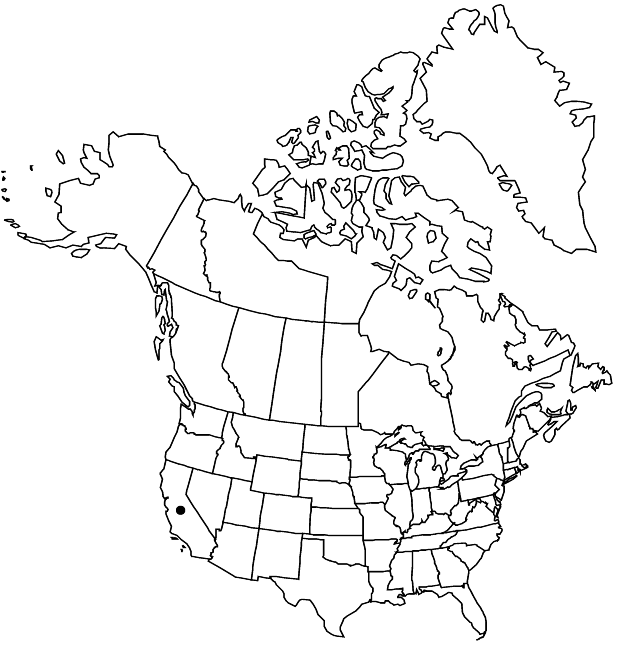familyCrassulaceae
genusDudleya
subgenusDudleya subg. Dudleya
speciesDudleya abramsii
subspeciesDudleya abramsii subsp. abramsii
Difference between revisions of "Dudleya abramsii subsp. abramsii"
FNA>Volume Importer |
FNA>Volume Importer |
||
| Line 44: | Line 44: | ||
|publication year= | |publication year= | ||
|special status= | |special status= | ||
| − | |source xml=https://jpend@bitbucket.org/aafc-mbb/fna-data-curation.git/src/ | + | |source xml=https://jpend@bitbucket.org/aafc-mbb/fna-data-curation.git/src/f6b125a955440c0872999024f038d74684f65921/coarse_grained_fna_xml/V8/V8_366.xml |
|genus=Dudleya | |genus=Dudleya | ||
|subgenus=Dudleya subg. Dudleya | |subgenus=Dudleya subg. Dudleya | ||
Revision as of 21:28, 24 September 2019
Caudices 2–5-branched, 1–1.5 cm diam. Leaves: rosettes 3–50+; blade oblong, terete, 2–6(–11) × 0.6–1.2(–1.8) cm. Inflorescences: floral shoots 2–15 × 0.1–0.3 cm; proximalmost leaf blades 4–15(–40) mm; branches 2–3, simple. Pedicels 1–5 mm. Flowers: calyx 3–5 × 3–4 mm; petals connate 2–4.5 mm, pale yellow, red-lineolate, 8–12.5 × 2–2.5(–3) mm, tips often strongly outcurved. 2n = 34.
Phenology: Flowering late spring.
Habitat: Rock crevices in mountains, especially on granite
Elevation: 300-1900 m
Distribution

Calif., Mexico (Baja Calfornia).
Discussion
Of conservation concern.
Subspecies abramsii occurs in the Peninsular Ranges of southern California and northern Baja California. It is in the Center for Plant Conservation’s National Collection of Endangered Plants.
Selected References
None.
Lower Taxa
None.
... more about "Dudleya abramsii subsp. abramsii"